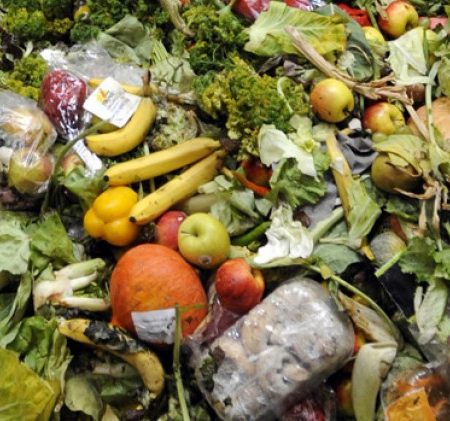
Food Insecurity in Pakistan – Status and Plausible Causes
Pakistan is one of those developing countries that have not only failed to meet MDG target of reducing prevalence rate of undernourished to half by 2015 from baseline value in 1990-92 but is also documenting a positive growth in size of undernourished population of magnitude 44.2% across years 1990 and 2015 (that is negative performance in terms of World Food Summit (WFS) hunger target). Moreover Pakistan has huge task ahead in achieving zero hunger SDG target given it has large population of undernourished population to begin with as of 2015 estimates (its size standing at 41.4 million). So what has dampened the food insecurity situation within Pakistan? Let us answer this question in light of findings for Pakistan from a PIDE-ECO Project on Food Insecurity Status in ECO Region.
First and foremost, slower agricultural growth since 2000 was found as the most important factor that may be causing rising incidence of hunger within Pakistan. This supply side negative shock has not only weakened the rural sector but may very well have adversely impacted the economy directly and through its inter-sectoral growth impacts. Moreover, given that Pakistan is predominantly an agriculture dependent country with a huge rural population base along with rural centric poverty; slowdown of agricultural sector growth has direct consequence for rural poor, by further affecting the issue of undernourishment.
Secondly, on demographic and macroeconomic fronts, Pakistan’s economy has not done too well which r have has had a weakening effect on the coverage scope of our food security policy over the years. On the demographic side the concern in fight against hunger within Pakistanis is not only the huge population size (210 million as per 2017 census) but the growth rate of 2.4 % per annum. Coupled with weak performance on the macroeconomic front (GDP growth rate of 5.79 % in FY 2017-2018, low levels of FDI, high level of external debt to GDP ratio, high fiscal deficits, dependence on official aid, high political instability and high levels of terrorism etc.)there has been slow progress on poverty eradication and hunger elimination efforts.
Pakistan has also been found among those countries that are most vulnerable to international price shocks within ECO region. The self-sufficiency within cereal crops for Pakistan protects it from another food price shock somewhat, however the weak position of Pakistan in terms of its foreign reserves and in face of its balance of payment problems and current account deficit, its economy stands at extreme risk in case any other international food shocks hits the economy once again as had happened in recent past (2007-08 and 2010-11).
Finally, Average Dietary Energy Supply Adequacy (ADES) for Pakistan standing at 108 as per 2014-2016 estimates indicates that issue of hunger within Pakistan is not a problem of food unavailability but more a problem of lack of access. Moreover, this problem is not restricted to hunger in its transient form of undernourishment only but is also apparent in form of chronic indicators of undernourishment such as stunted growth in children, low weight for height ratio in children as well as percentage of children under 5 affected by wasting. Tackling hunger and undernourishment needs to be prime policy concerns within Pakistan.



